People drive BMWs for various reasons. I’ve always considered mine to be tools—each one performs best in a specific role. The M coupe has become the track tool, the E30 is the daily driver, and the M5 Touring has taken up road-trip duty, or grand touring.
In Colorado, one of the best places to go for a grand tour is the southwestern corner of the state; it’s an enchanted land where the high mountains meet the high desert. The occasion that I had in mind was the Drive4Corners BMW meet—I’ll report on in print later, but the trip out there and back would prove to be an adventure all of its own.
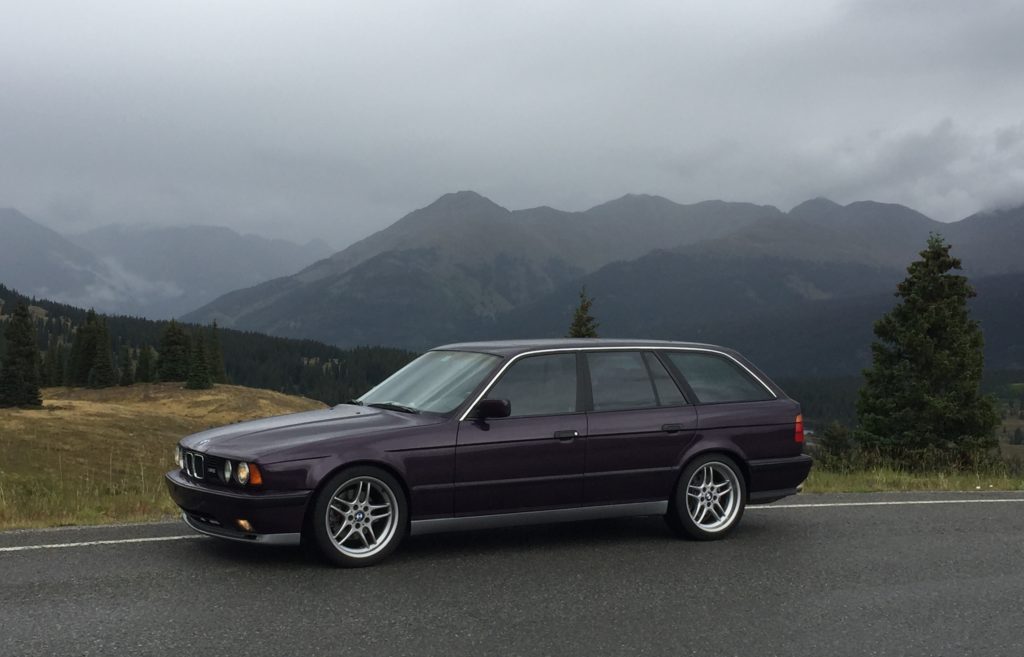
My grand-touring tool: the M5 Touring. [Photo: Alex McCulloch]
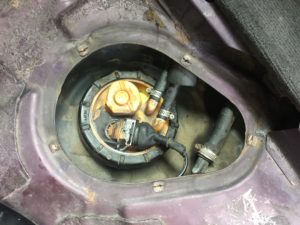
Plastic weld on a leaky fuel-level sender saved the trip. [Photo: Alex McCulloch]
A visual inspection didn’t show any leaks, but I have the nose of a bloodhound. The scent trail lead me to the fuel-level sensor, located on the top of the gas tank on the right side. The plastic fitting was loose and fuel was leaking out. Not a problem, it’s a small leak, let me just snug it up slightly. Crack! It broke! Whoops, I’ll just order a new E34 M5 fuel sender from BMW and be on my way, right? No, not so much….
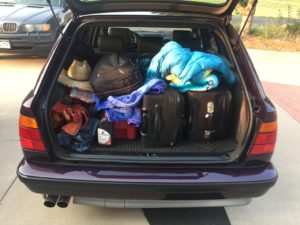
A wagonload of gear, tools, and luggage. [Photo: Alex McCulloch]
Plan B: plastic weld, a fire extinguisher, and a AAA Premium membership that expands my covered tow range by several hundred miles. I reckoned that as long as I didn’t fill up the tank all of the way, the plastic weld might hold—in the short term.
As we loaded our gear into the Touring, my wife asked what the fire extinguisher was for. “Nothing, dear—safety first!” (Or, as Harold Lloyd so famously put it, Safety Last!)

Our circuitous route to Drive4Corners and back. [Photo: Google Maps]
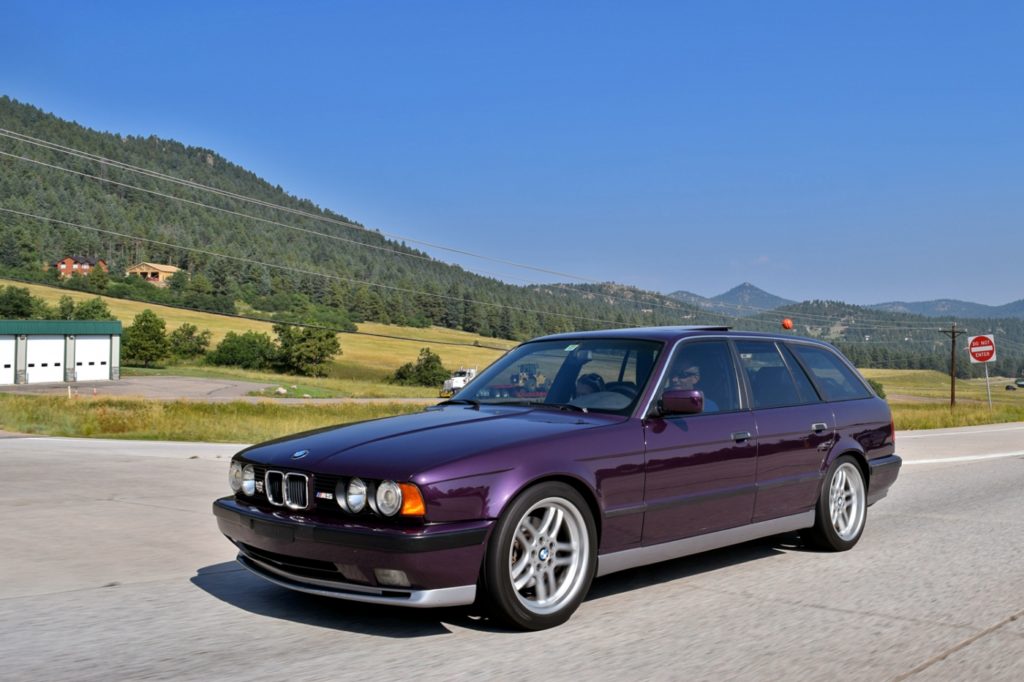
Enroute to Drive4Corners in the M5 Touring. [Photo: Drive4Corners]
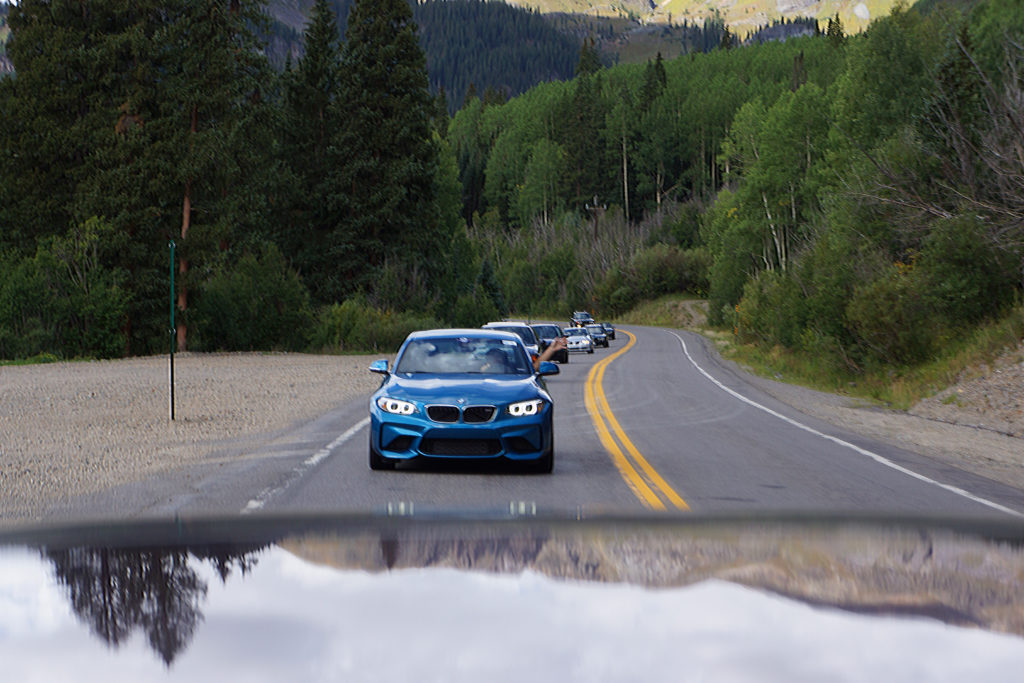
The BMW caravan from Denver to Drive4Corners with Andrew Jordan’s M2 front and center. [Photo: Jordana McCulloch]
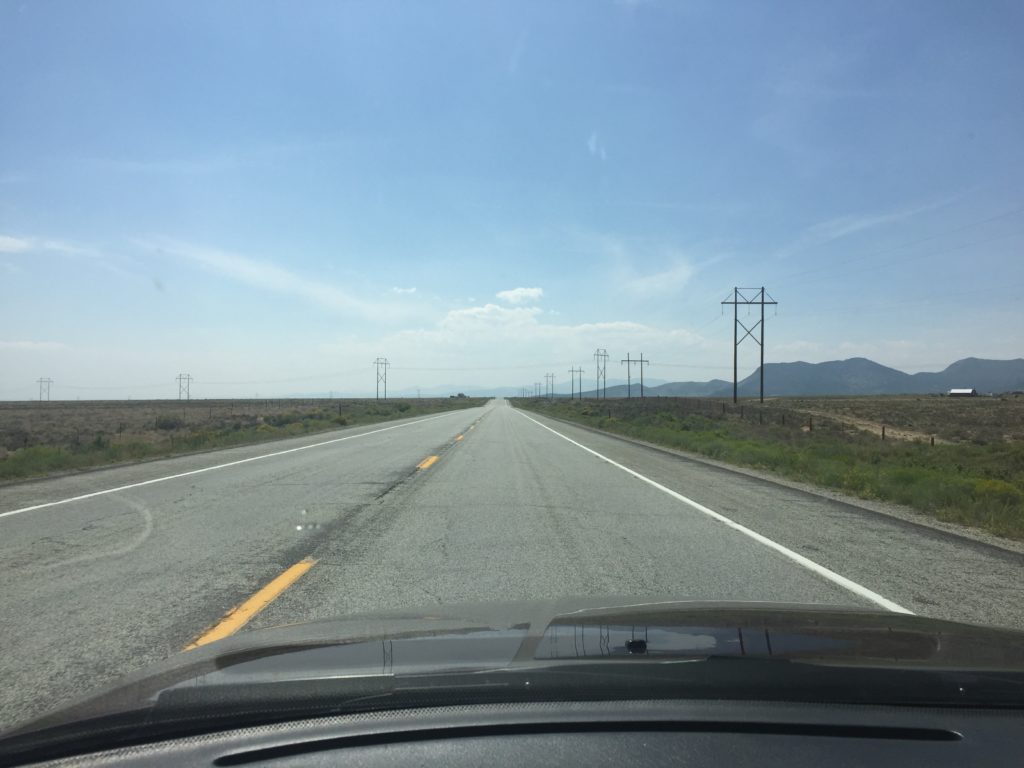
Crossing the vast high tundra of the San Louis Valley. [Photo: Jordana McCulloch]
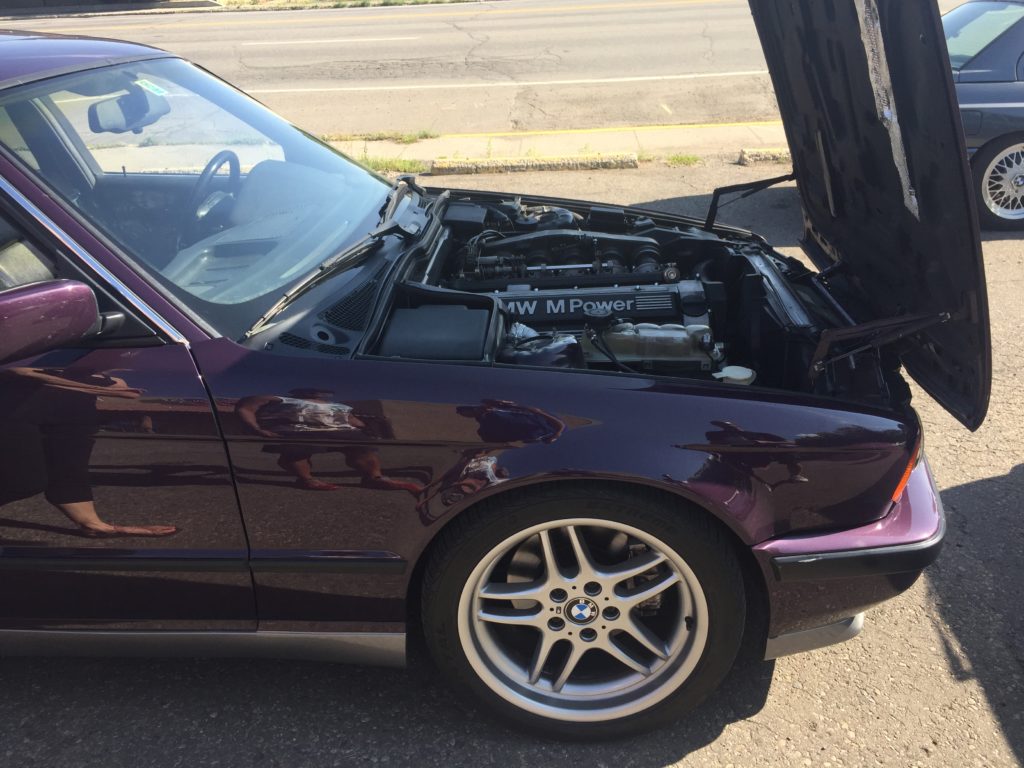
Not a breakdown was had by the M5 Touring. [Photo: Alex McCulloch]

Arrived at Drive4Corners, but you’ll have to read the story of that in an upcoming issue of Roundel. [Photo: Brian Twigg]
We left in a large group winding through the foothills of Colorado’s Front Range into South Park, a vast expanse of flat, high tundra. From there we descended into the upper Arkansas River Valley, and crossed over Poncha Pass to the Sangre de Cristo mountains and the San Louis Valley, another vast expanse of high tundra. The two-lane highway was a lovely mix of high-speed mountain sweepers and desolate arrow-straight tarmac that pointed to the horizon. A caravan of beautiful Bavarians along the way only added to the scenery, where, among other breakdowns, more than one cooling system was tested, but nobody was left behind.
The M5 Touring was in its element out on the open road, and it performed flawlessly thanks to that healthy dose of plastic weld (and not topping off the gas tank). We made the Purgatory resort at dusk after helping a stranded 2002 in the last few miles, and the festivities began—but you’ll have to read about those in Roundel.

Silverton, Colorado from US 550. [Photo: Jordana McCulloch]

An E36 M3 Sedan in Silverton, another excellent grand tourer. [Photo: Alex McCulloch]
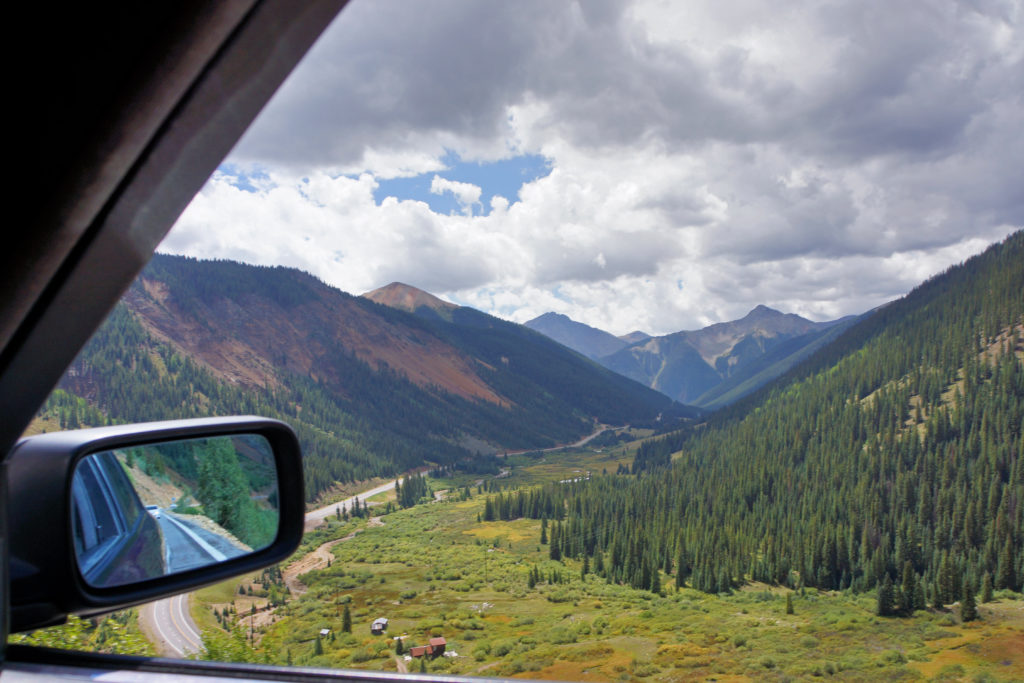
Million dollar views from the Million Dollar Highway. [Photo: Jordana McCulloch]
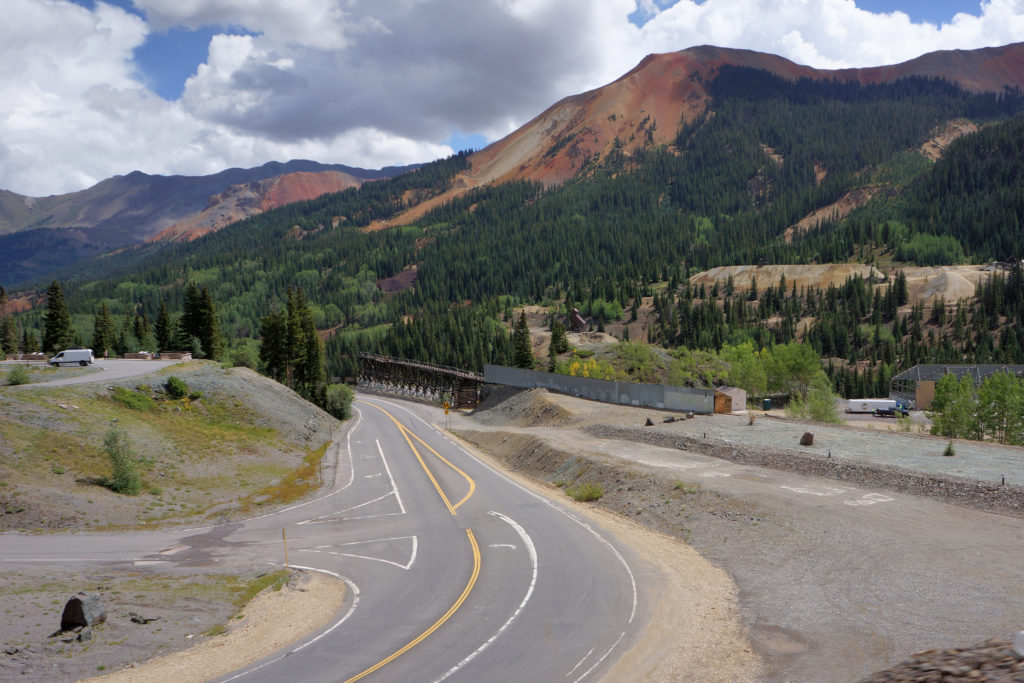
The abandoned Idarado gold mine. [Photo: Jordana McCulloch]
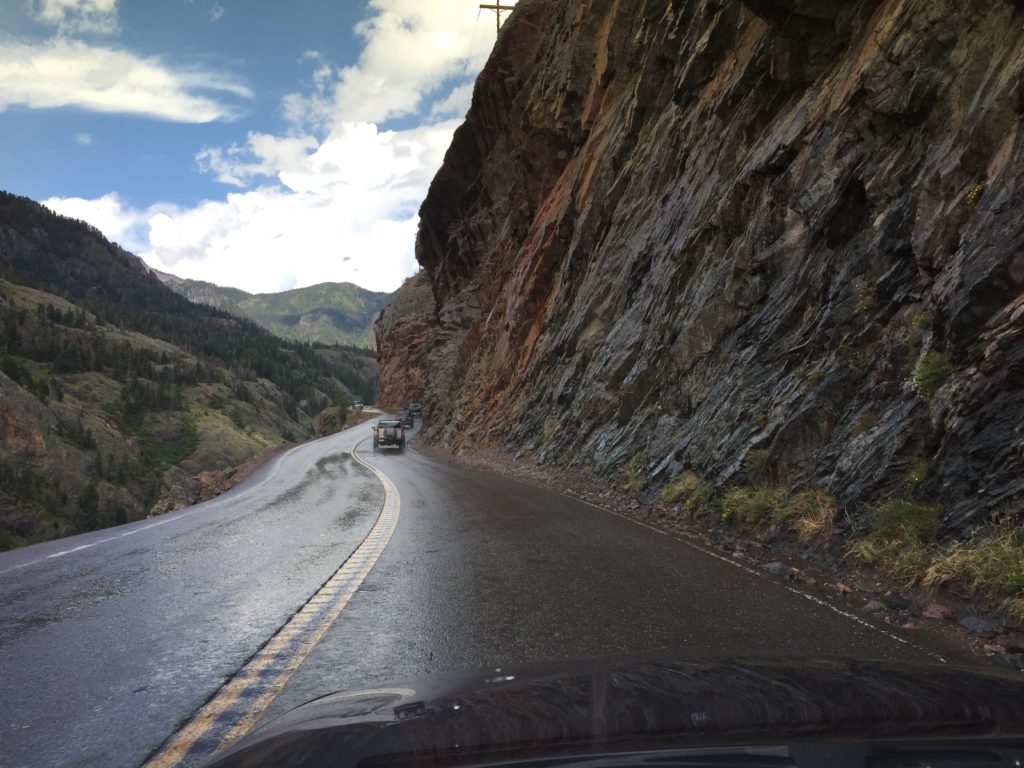
No guardrails and wet pavement didn’t phase the M5 Touring (or its driver) through the Uncompahgre Gorge. [Photo: Jordana McCulloch]
The M5, combined with a surprising lack of traffic and an even unhealthier lack of fear of heights on my part, delighted us with some fantastic grand touring. Even after a band of monsoonal rain showers soaked the pavement, the big M5 Touring stuck to the tarmac like a cat’s claws on Astroturf, reducing even my most aggressive corning attempts to nothing more than civilized motoring.
After Ouray, the scenery turned to high desert along the base of Colorado’s Western Slope until we turned east at US 133. That road climbed back into the lush green aspens of the Grand Mesa and White River National Forests. Along the way we traversed the appropriately named Sunshine Mesa and the charming quaint hamlets of Hotchkiss and Paonia, Colorado. From there we entered the Raggeds Wilderness, where a stone wall of mountains towered above us until we crested McClure Pass, from which US 133 dropped into the narrow Crystal River valley.

Camping under the wing. [Photo: Alex McCulloch]

Taxiing out for takeoff on the grass runway at Marble. [Photo: Jordana McCulloch]
When we arrived, there was an absolutely stunning 1955 Cessna 180 with a tent under its wing. Its owner was a retired German Air Force pilot who was intimately familiar with airstrip. After a short conversion, he made me an offer I couldn’t refuse: a flight showing me several takeoffs, approaches, and landings into the field.
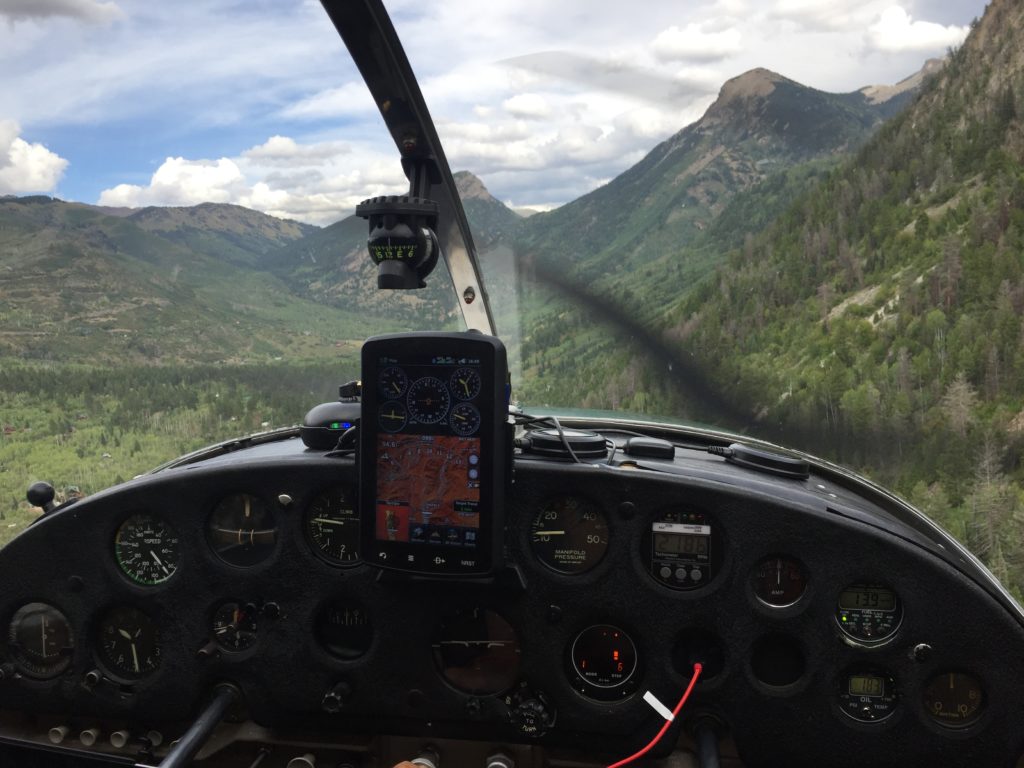
Airborne, taking in the valley… [Photo: Alex McCulloch]
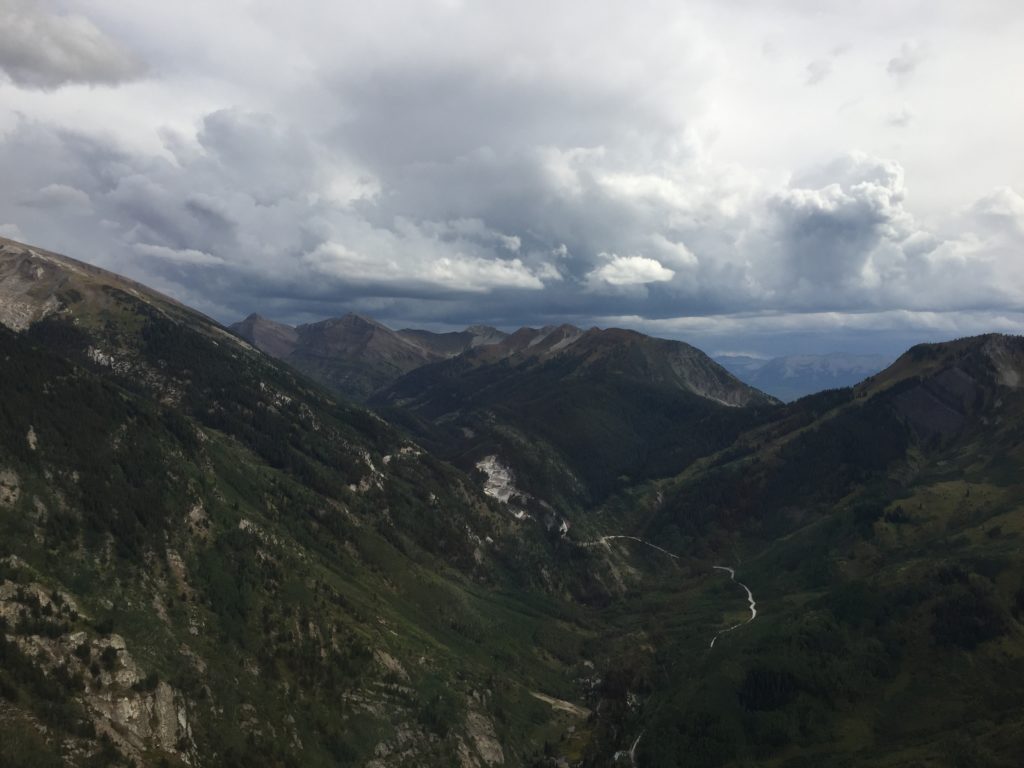
…and the roads below. [Photo: Alex McCulloch]
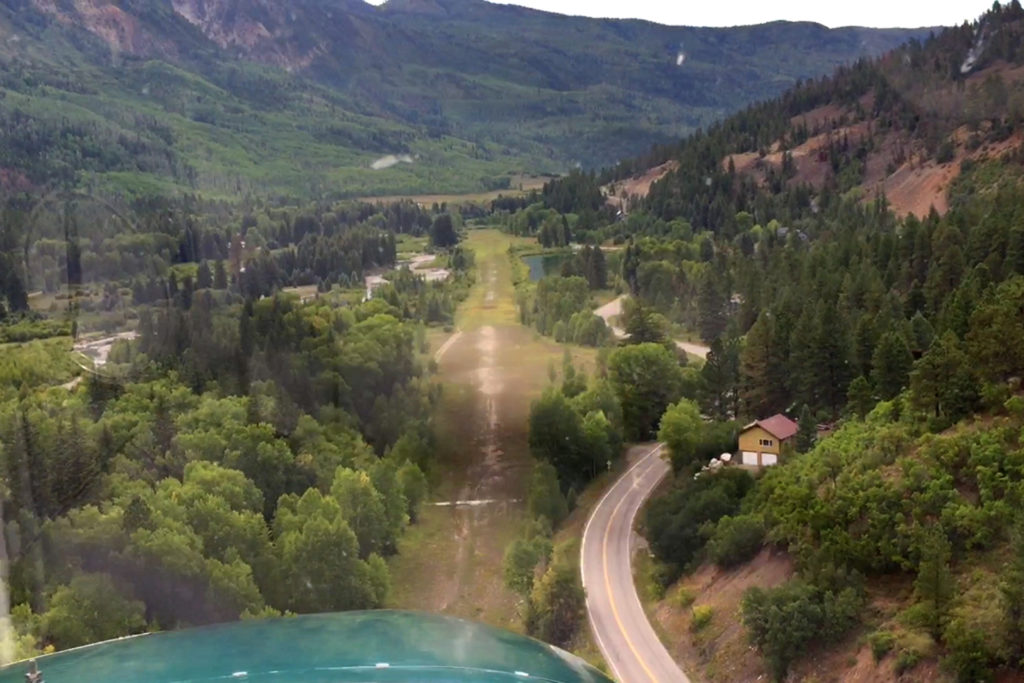
Final approach to the down-stream runway. [Photo: Alex McCulloch]
Back-country mountain flying requires a unique skill set, but it’s extremely rewarding when done with a healthy respect for the weather and terrain. In the skilled hands of my local guide, the approach was straightforward, and the Cessna 180 offered plenty of extra safety margins. After we landed, my wife even got her own sightseeing flight.
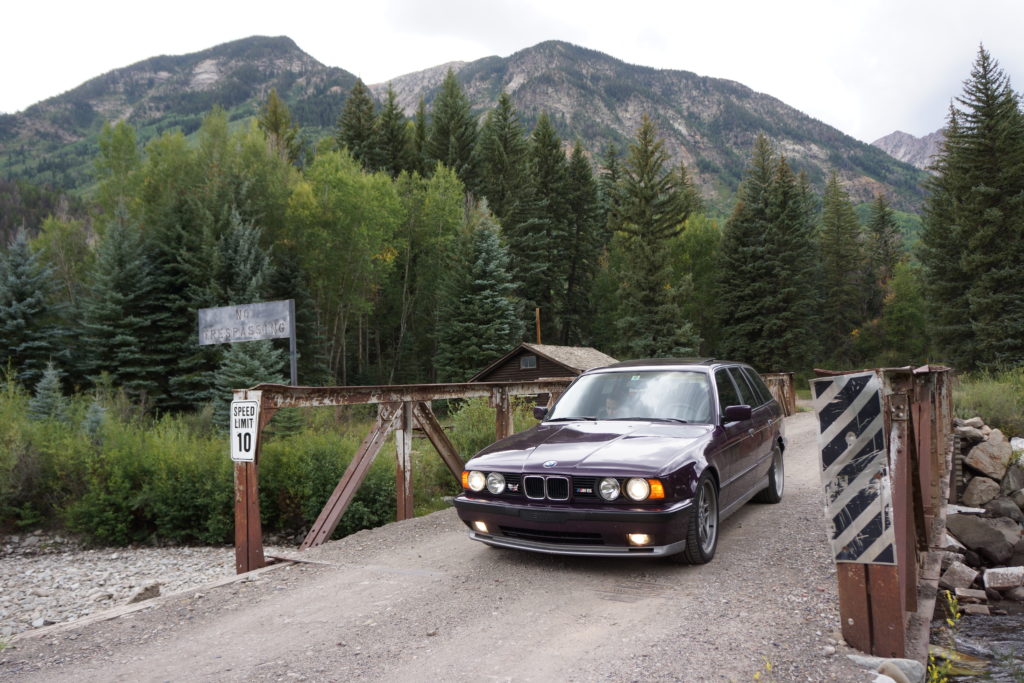
The M5 Touring above the Crystal River on the last leg of the grand tour. [Photo: Alex McCulloch]





















